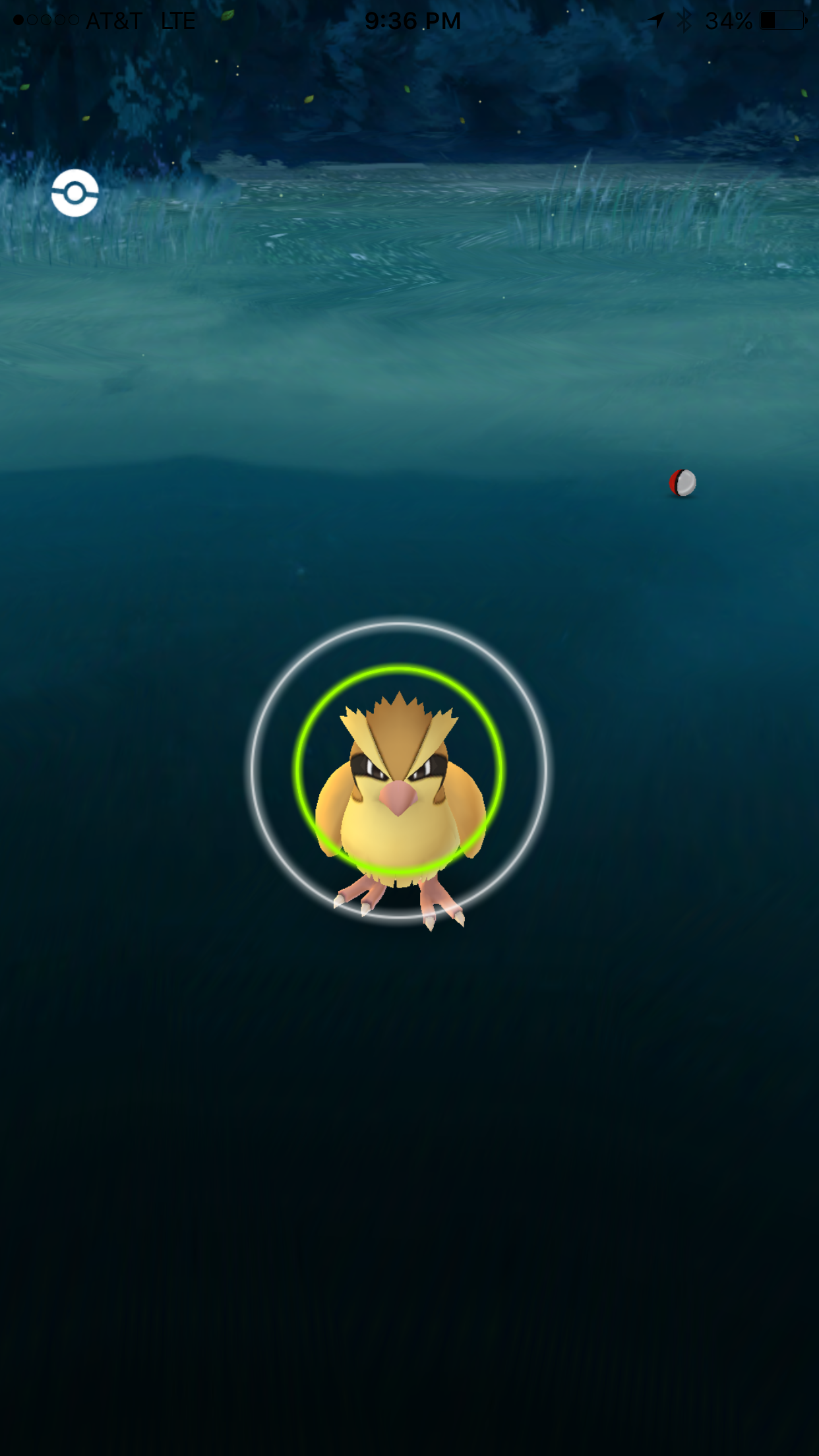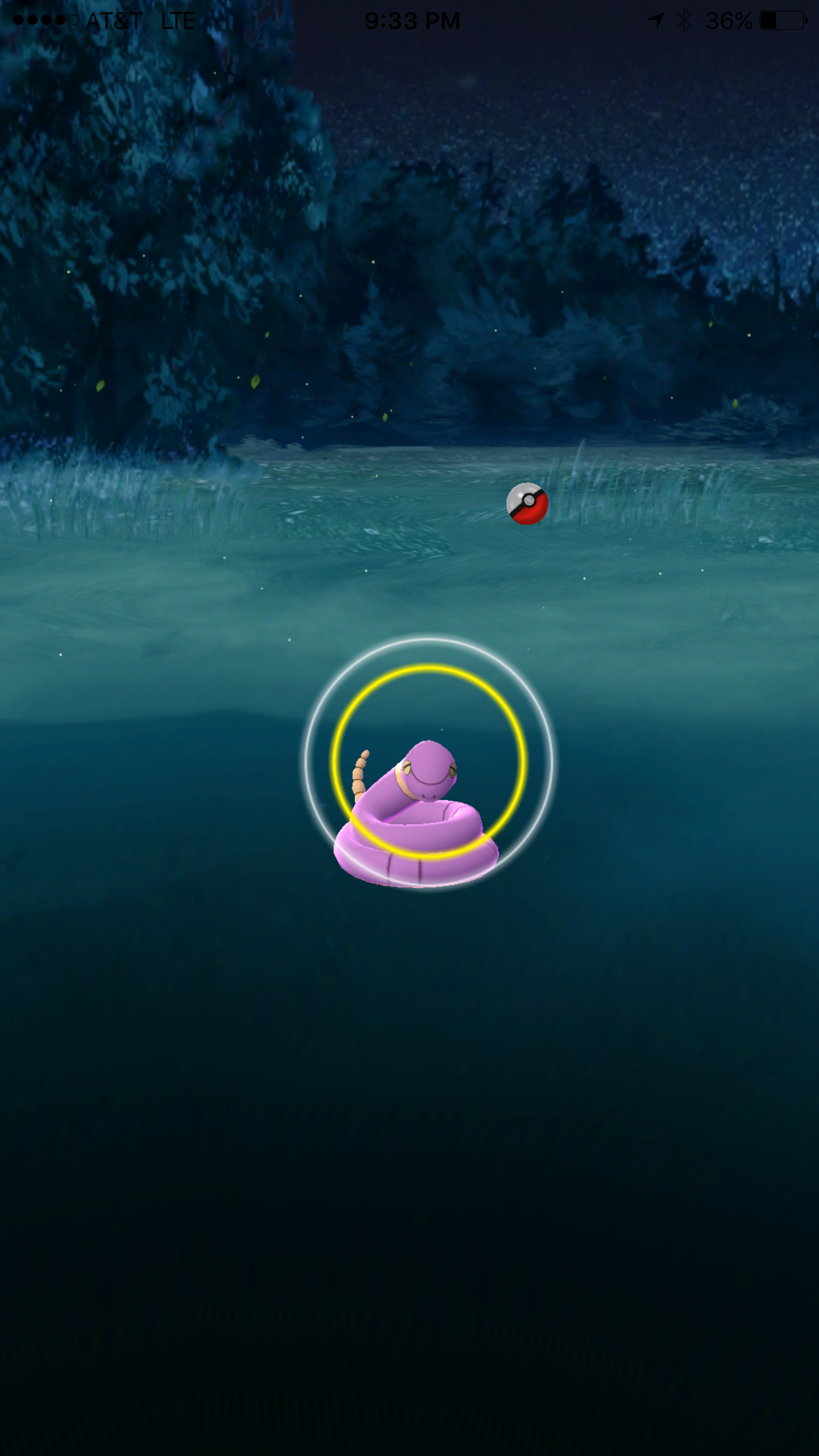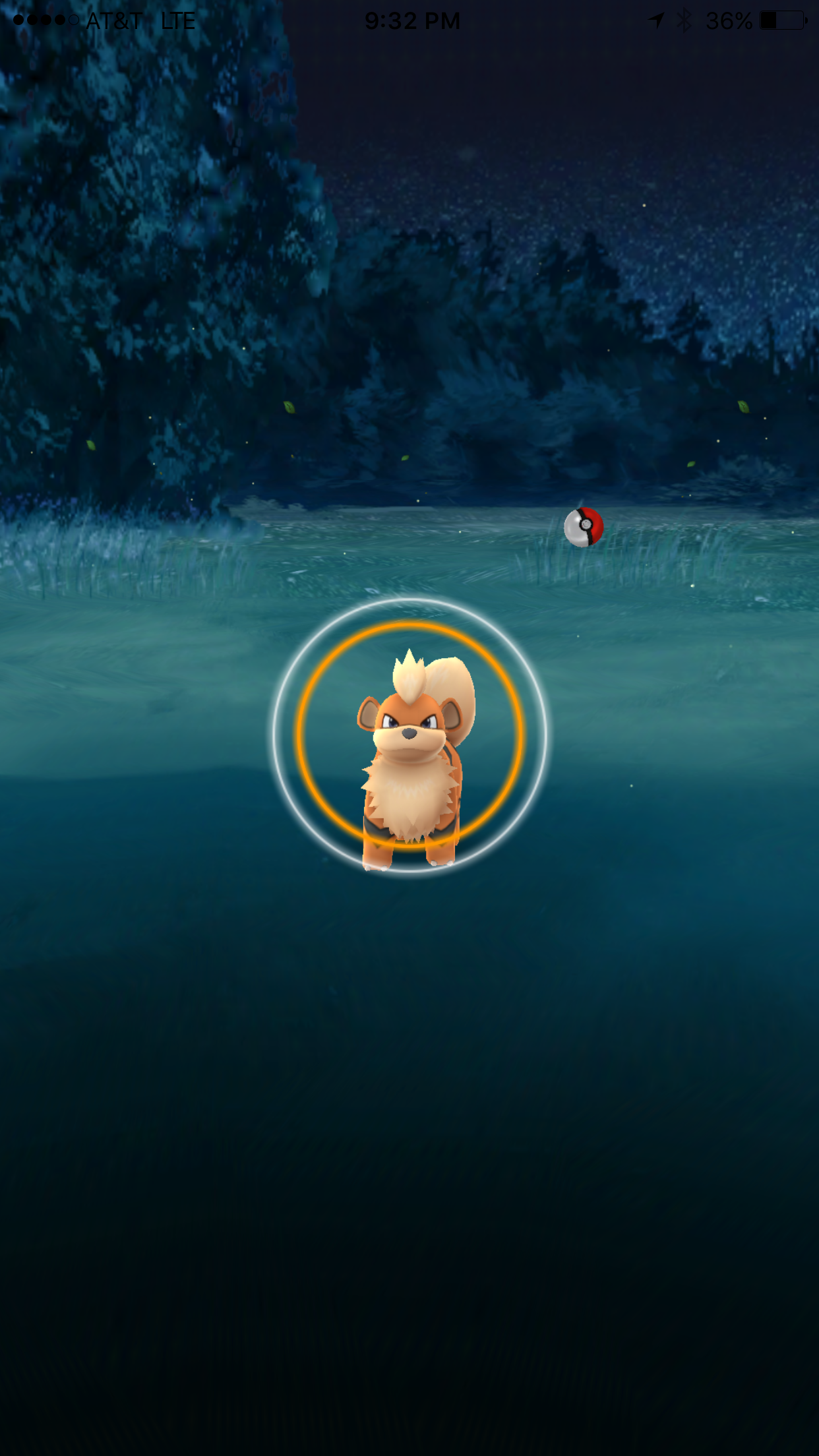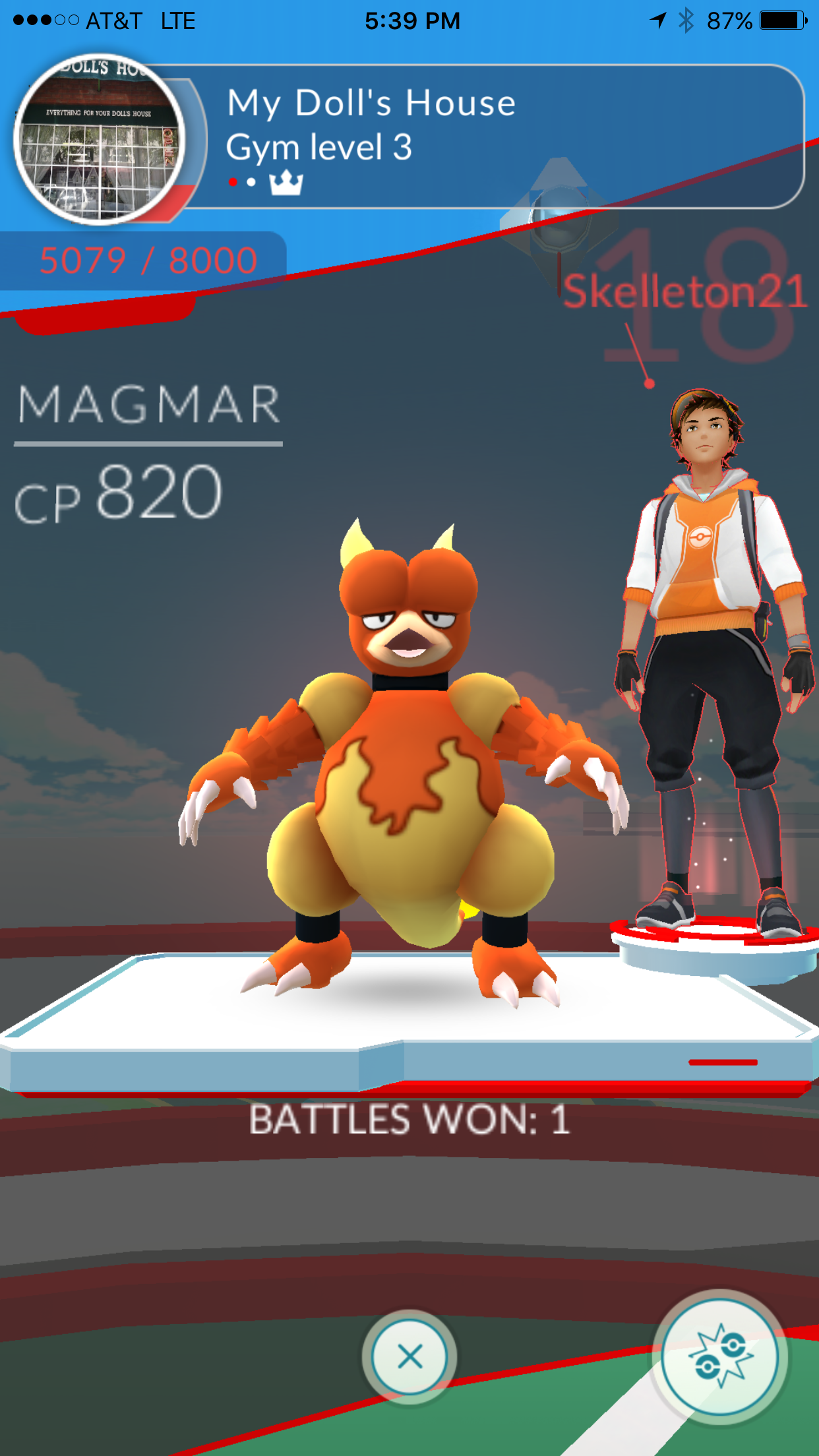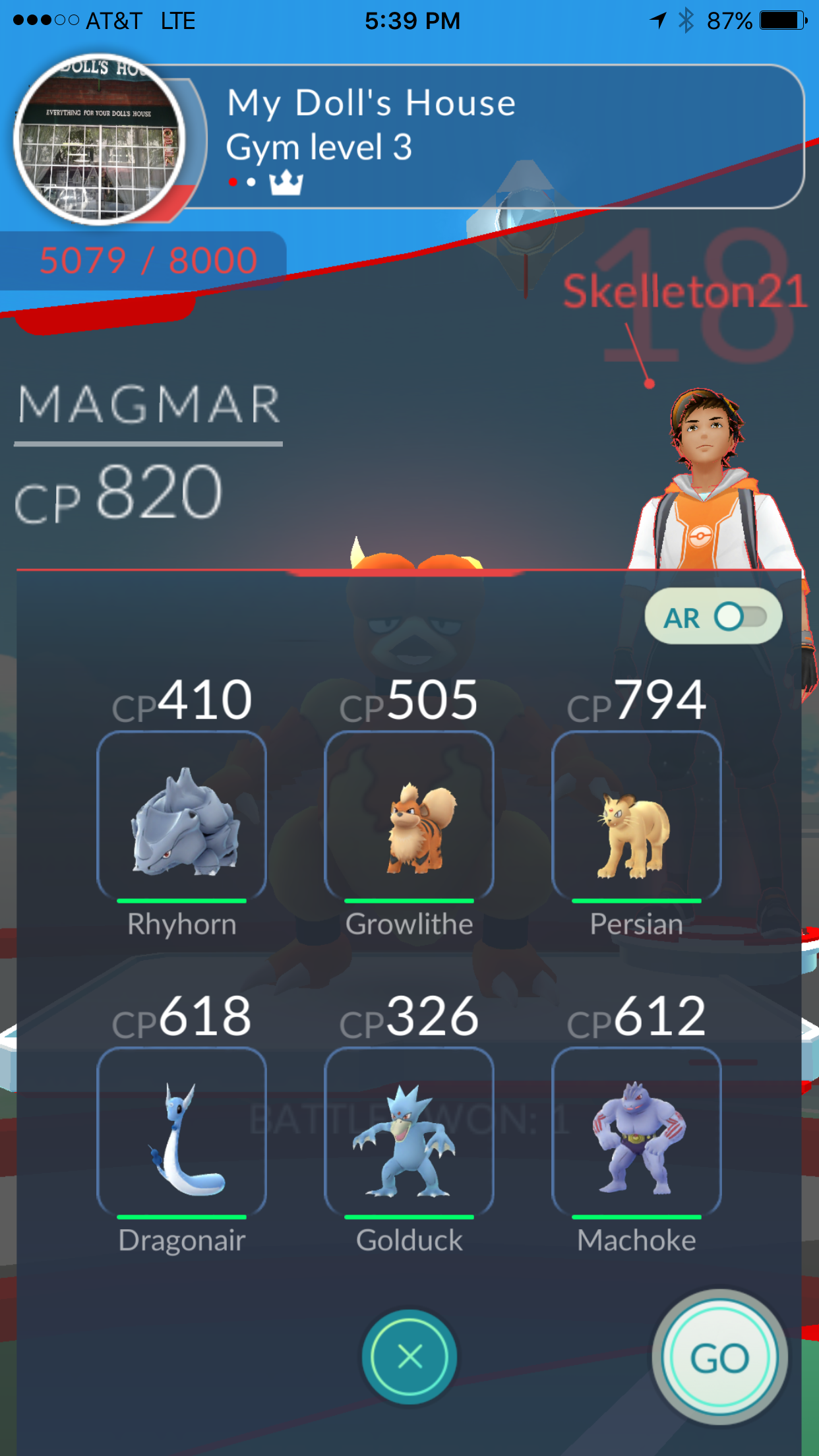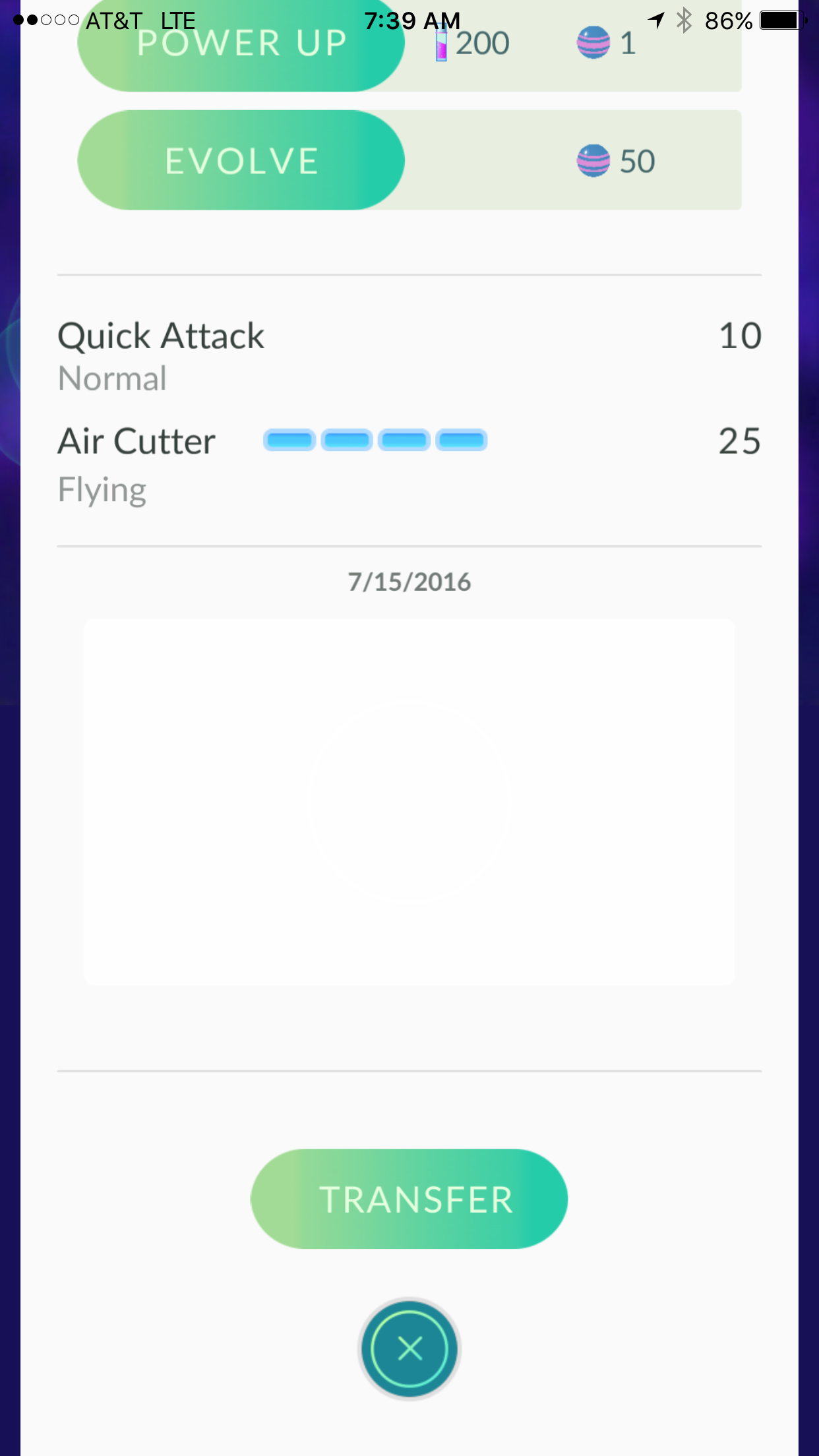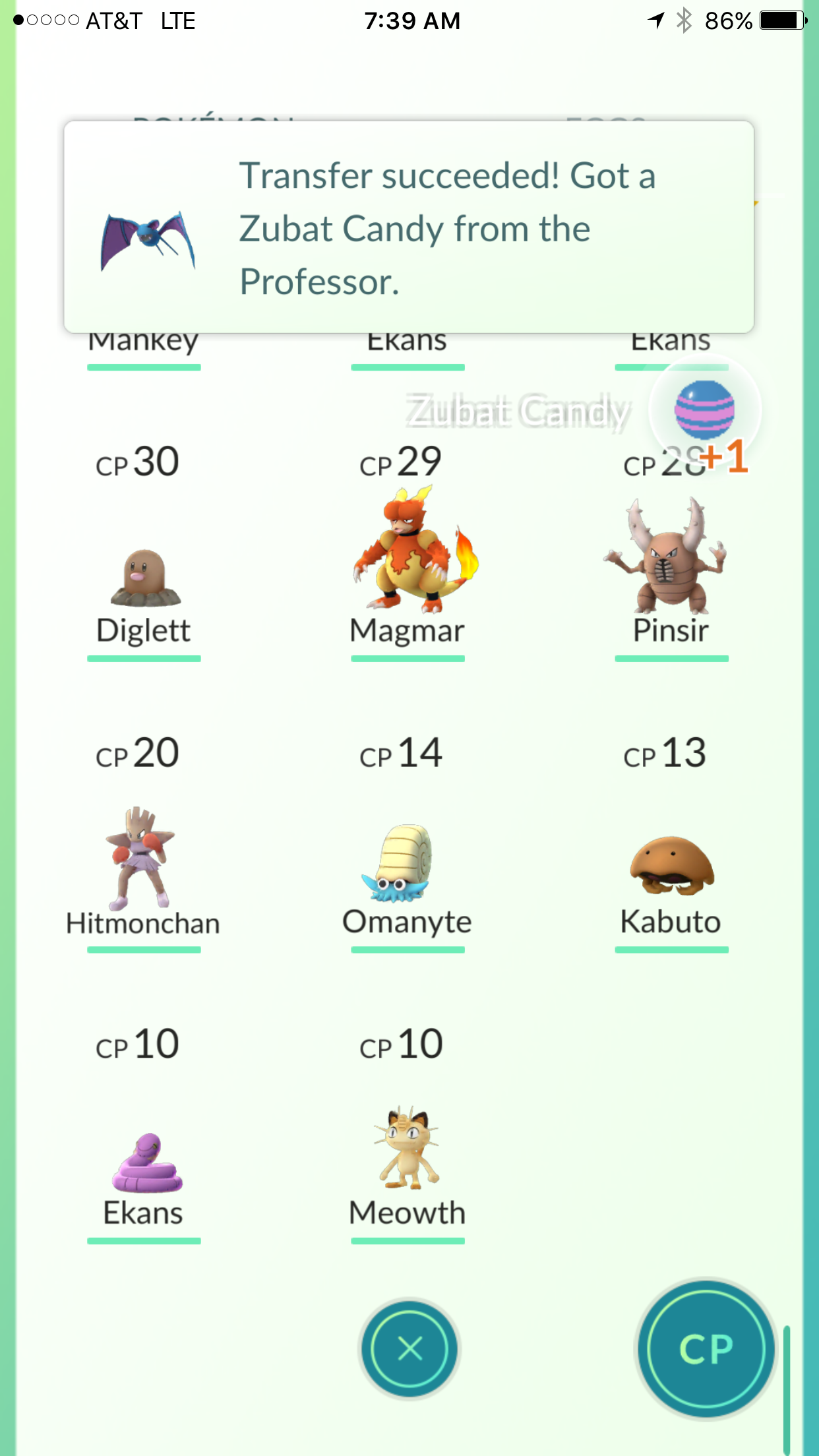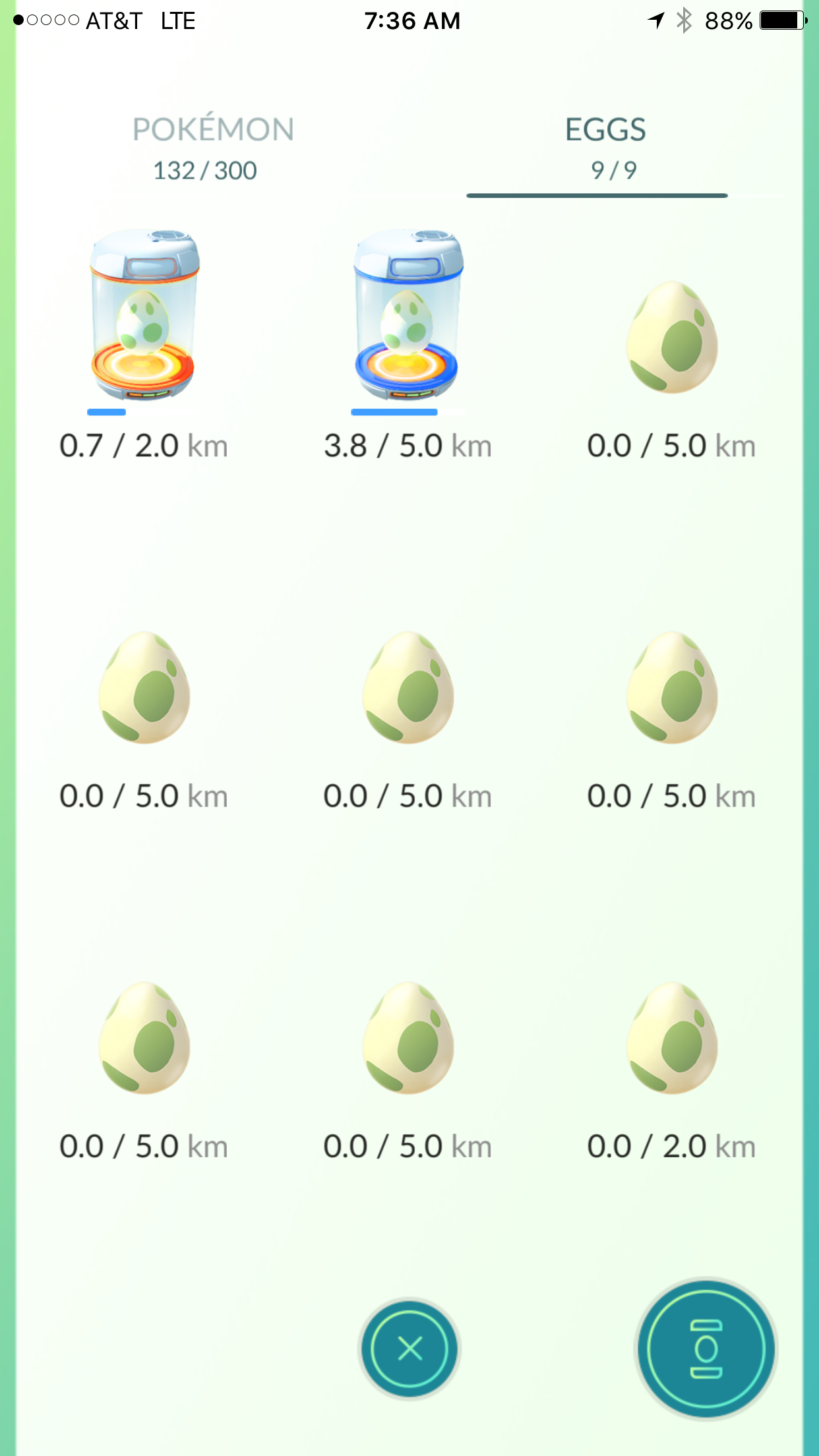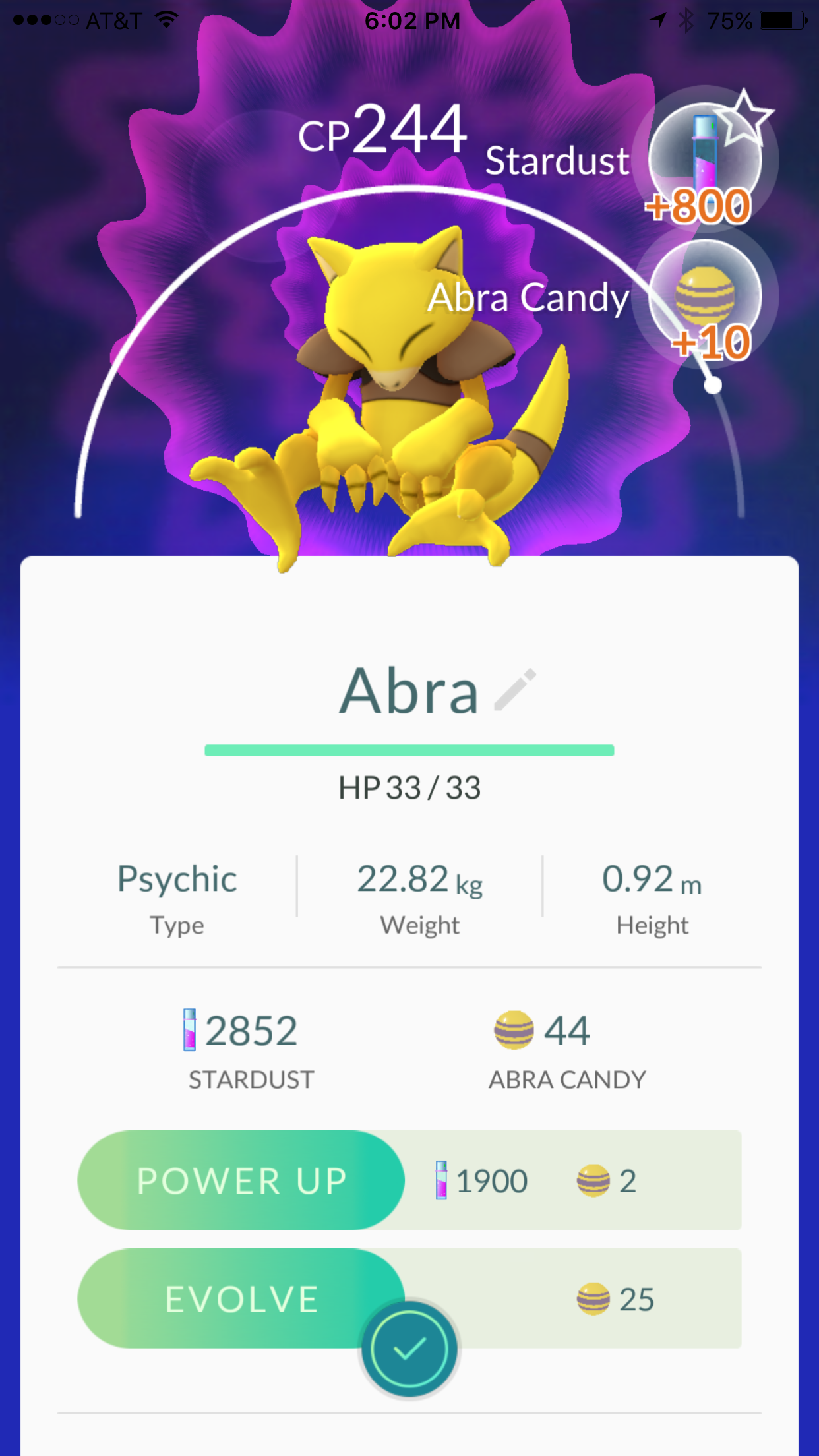This week, we’re going to finish our look into Pokémon Go. Today, we’ll be discussing the flow of the economy and leveling up. We will talk about how these two work and how they affect the player’s experience. If you haven’t read my last couple posts on Pokémon Go, I recommend checking them out! While they aren’t necessary to understand the concepts we will be discussing today, they will help to give a broader picture of the game and how the individual functions work. They can be found at:
Part 2 – Pokémon Go: Gym Battles
Part 3 – Where’s that Pokémon?
Before we get started, let’s briefly review the rewards.
Stardust:
· Uses:
o Powering up a pokémon (increasing their CP)
· How to obtain:
o Catch a pokémon (100 per catch)
o Hatch an egg (Varies based on egg level)
o Defend a gym (500 per gym)
Pokémon Candy:
· Uses:
o Powering up pokémon (Increasing their CP)
o Evolving pokémon
· How to obtain:
o Catch a pokémon (3 candies)
o Convert pokémon into candy (1 candy)
o Hatching an egg (Variable amount of candy)
With that said, let’s take a look at how stardust and pokémon candy affect the economy and the user experience.
Chart made with Lucidchart
So we know how stardust works, and here we can see how it flows. Players stay engaged by constantly looping through this cycle. The flow of stardust never quite stops so long as the player is moving around and catching pokémon. Essentially, they’ll continue to gain stardust and candy so long as they continue playing the game.
But let’s take a look at a less common currency.
Coins are used exclusively to purchase items. Now, there are two ways to obtain coins:
● Players are rewarded 10 coins for every gym held when they redeem their reward
● Players can purchase coins with real world money
This ability to obtain the premium currency in-game is becoming more and more prominent in mobile games. If you look at something like Disney Magic Kingdom (More on that game HERE), we see that they give away the premium currency as well, but at an incredibly low rate. When designing this kind of system, players have to believe that it is a viable alternative to purchasing premium currency in real life. For example, currently in Pokémon Go, a player can purchase 1 incense Item for 80 coins. If the player holds a gym, they gain 10 coins. Thus, if they redeem one gym reward each day, they’ll have enough for one incense eight days later. For the casual player, this isn’t so bad due to how easy it is for players to take a gym, and they’re not playing the game as frequently. For the more hardcore player, they’re going to want the items much faster.
If we examine the flowchart, we can see that the player never really escapes this loop. Because once they purchase and use the one use item, they’re back in it again constantly trying to get stronger. But due to the game’s objective (Gotta catch ‘em all!), when the player doesn’t want to wait or take the time to build up to obtain the item in game, they can purchase it right then and there. This way, the player doesn’t feel like they’re being taken advantage of, and the developer can still have in app purchases without there being a huge hullabaloo.
This balancing act is incredibly important in the mobile scene. Once players start to feel like they’re being nickeled and dimed, they’re going to think just a little bit harder before spending their real world money in-game. That could result in a few players pausing just long enough to reconsider making the purchase.
Let’s talk about powering up the pokémon and how this actually scales to increase the difficulty over time. Based on trainer’s level, a pokémon will have a max CP that they will be able to reach. When the player levels up, the max raises as well. This way the game can keep trainers from just leveling up one pokémon to super high levels and further forces the player to catch a variety of pokémon. It typically costs X stardust and 1 candy to level up a weak pokémon. But what happens when the pokémon’s strength reaches about ¾ of the max?
The price goes up. Instead of only costing one candy, it costs two. This is an interesting twist because it makes players less likely to have max level pokémon due to the increased price. Because this has an effect on all evolution levels of pokémon, it also encourages players to evolve pokémon. An additional reason to evolve them would be a higher power cap.
This Primeape is a second evolution. It evolves from a Mankey. The Golem is a third evolution, and it evolves from a Graveler, which in turn evolves from a Geodude. If we compare the two, we can see that their power levels are about an equal percent to their max. We can also see that a Golem is clearly more powerful than a Primeape. This reinforces the idea that players should focus on using third level evolutions because they will always be stronger.
Side note: This is actually one design choice I heavily disagree with. Primeape is the final evolution of Mankey, but is going to be at a disadvantage against many other pokémon because it can’t evolve as high. The game expressly discriminates against all the pokémon who don’t evolve, or evolve only to the second form. While I like the system of pokémon evolutions raising the cap, I feel as if the second level evolutions should be able to reach the same point as the third level evolutions. Or even the pokémon, like Onix, who don’t evolve (In O.G. Pokémon, I know in the expanded universe he evolves into Steelix). This could be supplemented by making them cost an additional candy to power up when they reach the ½ and ¾ power point. It honestly just feels unbalanced having it work the way it does.
Pokémon Go is an interesting experience. It’s been a pleasure to pick it apart. I really hope you enjoyed looking into this very different mobile game with me. I’ve gotten a lot of requests asking about what my personal thoughts on the game are. Honestly, the only experience I find to actually be done particularly well is the catching of pokémon. But, I mean, the whole game is based around that so I guess it turned out well. It seems like they’ve got a strong core with the other mechanics within the game feeding back into the most fun part. So even though it is an incredibly shallow experience, probably wouldn’t do well if it wasn’t pokémon themed, and is broken half the time, it’s not terrible. The designers were able to figure out the most fun part of pokémon and streamline the process for mobile. So all I can say is good job, you guys made a hell of a game. The world will be watching Niantic’s next move very closely.
I’ll see you guys next week,
Scott
If you enjoyed this post, you’ll enjoy Signposted my game design focused newsletter. You can sign up here: https://signposted.beehiiv.com/subscribe



